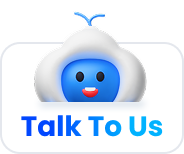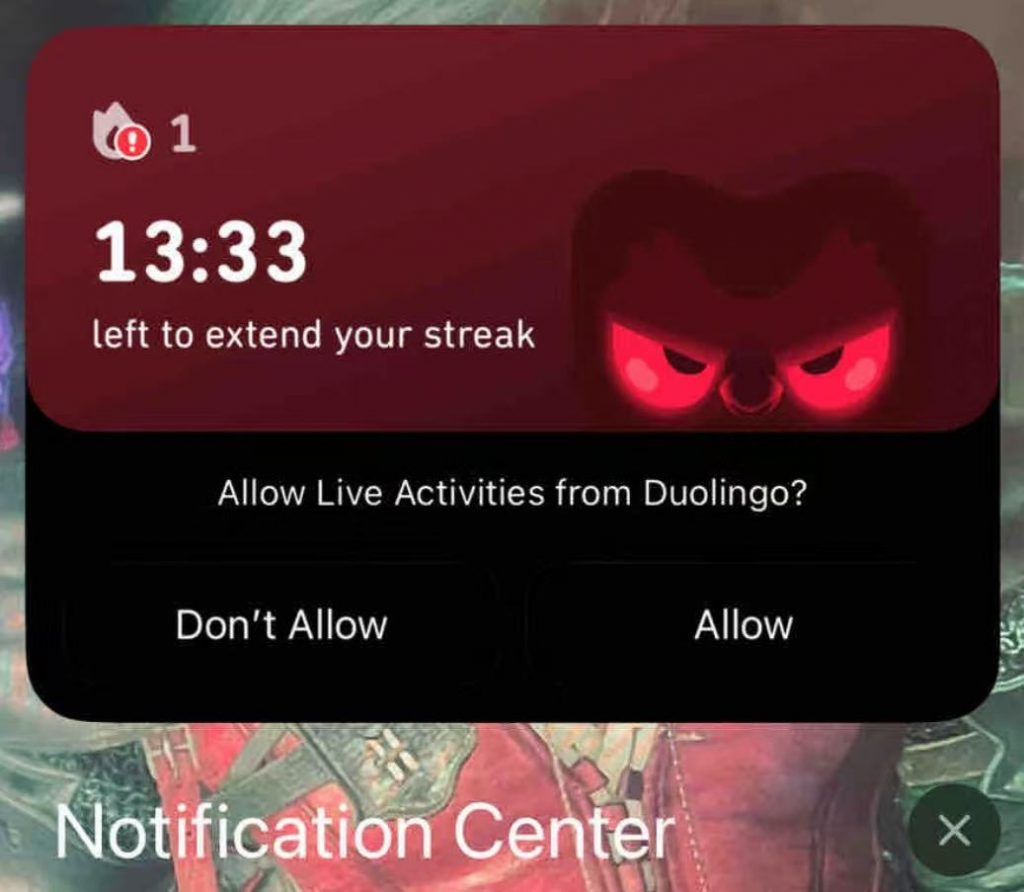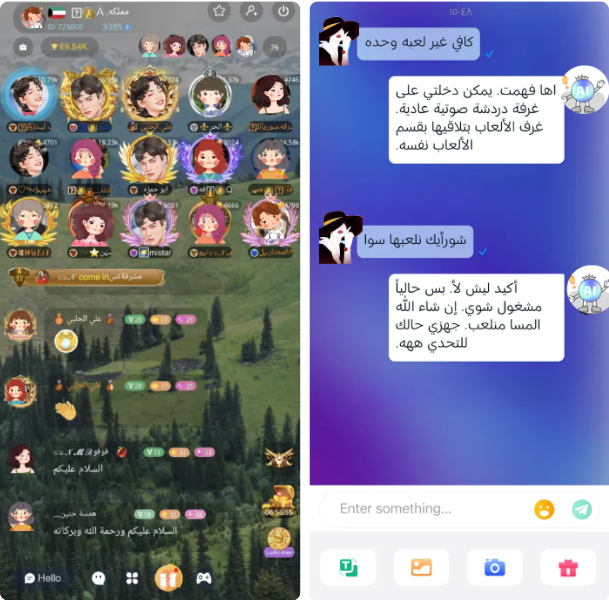
Boosting App Engagement with AI: 6 Proven Strategies You Can Implement Today
User retention and activation are perennial challenges for apps, whether in the classic internet era or our current age of AI.
What's different now is that with the explosion of AI technology, classic engagement tactics can be upgraded, and entirely new interactions are emerging.
Below, we've compiled six effective strategies to boost app engagement, drawing from real-world cases. These are categorized into Intelligent Upgrades of Classic Plays and AI-Driven Innovation.

Intelligent Upgrades of Classic Plays
First, let's look at some classic strategies that have evolved new forms in the AI era.
Gamified Interaction: Upgrading from Passive to Proactive Experiences
Integrating gamified thinking into your product, through "low-barrier participation + strong social competition" design, creates more accessible reasons for users to engage and more frequent reward experiences. This transforms users from mere spectators into deeply involved participants.
- Direct Integration of Mini-Games: Making "Gameplay" a Core Feature
Social platform Pengu is a prime example. This September, it secured $15 million in funding, largely thanks to its flagship feature: platform-native themed mini-games.
These games are diverse, ranging from social quizzes to popular puzzle games. Users earn coins by playing, which they use to buy food and outfits for virtual pets, forming a complete interactive loop. These mini-games have also become a significant revenue engine for Pengu.
- Gamification of Relationship Building: Making Emotional Growth "Tangible"
Designing the establishment and development of relationships itself as a visible and tangible growth journey. In social apps, this effectively guides users towards "deep connections."
For instance, TikTok's "Streak" (or "Spark") mechanism, a relationship proof for many, cleverly transforms continuous interaction into a visible social asset. Many young users actively maintain daily chat interactions to "maintain their streak" or prevent it from disappearing.
Personalized Push Notifications: From "Broadcast" to "Exclusive Reminder"
Language learning app Duolingo is a master of internet-savvy push notifications. It employs various "creative nudges" based on users' learning progress and forgetting curve to encourage revisits, significantly boosting user return and retention.

In the AI era, this traditional notification art has evolved from "mass bombardment" to "exclusive reminders." It's no longer just about informing; it's about building predictive models based on deep analysis of user behavior data (e.g., recent usage time, frequently used features, browsing duration).
This allows for precise content delivery to users' interests just before they might disengage. Duolingo's AI notification system optimizes push strategies based on user activity times, for example, pushing during users' regular study periods, increasing app open rates by 27%.
Streamlined Onboarding: From "Manual" to "Smart Guide"
User onboarding is a critical step in the user journey and key to achieving high retention rates. Traditional onboarding often resembles a lengthy product manual. The core of next-generation onboarding design lies in using streamlined paths to help users immediately experience the product's "aha moment."
This requires a combination of reducing registration steps, providing timely feature hints within specific usage scenarios, and teaching through interactive actions.
The introduction of AI has elevated onboarding from static "feature explanations" to dynamic "smart guides." AI can actively understand user intent and provide personalized paths to achieve their goals.
The presentation tool Gamma's transformation is a prime example. Faced with poor user retention, Gamma didn't simply add AI as a supplementary feature. Instead, it deeply integrated AI into the core new user experience, solving the "blank page paralysis" pain point. When new users open the application, they no longer need to drag and drop text boxes from scratch; they can simply describe their ideas in natural language within the AI input box and get started immediately.

AI-Driven Mode Innovation
The following strategies demonstrate the new opportunities opened up by the integration of AI technology.
AI Recommendation Assistant: From "Clunky Pop-ups" to "Friendly Recommendations"
Users often stick to a few familiar core functions, failing to quickly discover other features within an app. Abrupt functional pop-up reminders are not only limited in effectiveness but can also cause annoyance. A smarter approach is to integrate an AI character into the product, allowing it to subtly recommend new features to users during natural conversations.
Recently, a veteran Middle Eastern voice chat app achieved remarkable results by integrating AI companion features: a 4x increase in single-day user session duration and a 25% reduction in conversion costs.
The key to its success lies in deep anthropomorphism and localization. By integrating RC's AI Agent capabilities, the AI character not only speaks fluent Arabic but also mimics human chat rhythms and habits, making users feel like they are interacting with a real person.
Through mature character script design, this AI character successfully recommends activities to users and builds emotional connections through "soulful" conversations, becoming the ultimate defense for user retention.

From Online to Offline: Anchoring Users with "Physical Touchpoints"
When digital interaction reaches a certain depth, providing users with a "physical anchor" to the real world is also a crucial strategy for enhancing long-term retention. This allows the virtual sense of companionship to penetrate the screen, finding a foothold in users' physical lives and real social relationships, thereby building a more inseparable emotional connection.
AI social app Tolan guides users to invite real-life friends to join their virtual planet through a friend visit mechanism, exploring friends' personalized AI worlds. Here, AI is no longer a barrier isolating users but becomes an interesting, low-pressure social medium.
AI Ice-breaking & Chat Assistance: Efficient Social Support
The challenge of breaking the ice is particularly evident in stranger social interactions. "Successful matching" is just the beginning; the real challenge is how to say the first word and keep the conversation going. The intervention of AI is becoming a highly effective social catalyst for solving this pain point.
For example, SynClub, a stranger social app where AI and real users "co-exist," leverages AI characters to proactively initiate topics, making the entire community's interactive atmosphere more vibrant and indirectly increasing real users' enjoyment and dwell time.
Simultaneously, AI smart reply features can precisely target this scenario. When users match with new friends, AI analyzes both parties' profiles, interest tags, and social personas in real-time, automatically generating several highly personalized ice-breaking topics, minimizing negative experiences that might lead users to exit the app.
When AI is used to solve users' most fundamental pain points and is placed at the core of the experience, it can become the most powerful engine for activating users and enhancing stickiness. These are all application scenarios and capabilities that RC AI Agent is dedicated to building. We welcome you to learn more and experience them.
RC provides world-leading communication cloud services + scenario-based AI Agent capabilities (e.g., AI companion, AI avatars, AI chat assistants). Customers do not need to worry about underlying services and complex engineering debugging, enabling rapid deployment of intelligent interactive functions in their business and significantly shortening the time to value realization.
Welcome to try our demo: https://ai-chat-sg.wegenmi.com